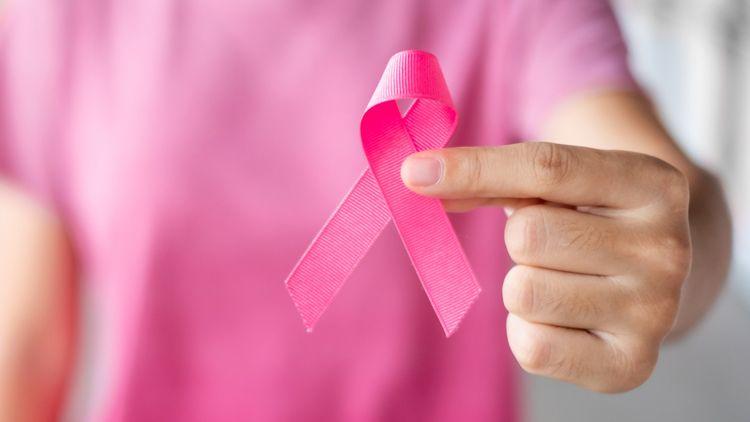
Cancer Care in India: Challenges and Progress
Cancer has emerged as a major public health concern in India, with approximately 1.3 million new cases diagnosed annually. As the second most populous country in the world, India faces unique challenges in providing accessible and affordable cancer care to its diverse population. We explore the current landscape of cancer care in India, highlighting the obstacles and promising developments in the field. You can find the best oncologist in Mumbai at HCG Mumbai.
The Burden of Cancer in India
India’s cancer burden is characterised by a diverse profile of cancers, with oral, breast, cervical, and lung cancers being particularly prevalent. The National Cancer Registry Programme reports that one in nine Indians will develop cancer during their lifetime. This translates to a significant healthcare challenge, especially considering India’s population of over 1.4 billion people.
Unlike Western countries, where cancer detection often occurs in earlier stages, nearly 70% of cancer cases in India are diagnosed at advanced stages. This late detection significantly reduces survival rates and treatment effectiveness, while increasing the financial burden on patients and healthcare systems.
Key Challenges in Cancer Care
Infrastructure Disparities
One of the most pressing challenges is the uneven distribution of cancer care facilities across the country. While metropolitan cities like Mumbai, Delhi, and Chennai house state-of-the-art cancer hospitals, rural areas and smaller cities often lack basic diagnostic and treatment facilities. India has approximately 0.98 oncologists per million population, compared to the recommended ratio of 5 per million, highlighting a severe shortage of specialized medical professionals.
Financial Barriers
The cost of cancer treatment remains prohibitively expensive for many Indians. A comprehensive cancer treatment course can cost between ₹300,000 to ₹2,000,000 ($3,600 to $24,000), depending on the type and stage of cancer. For a country where a significant portion of the population lives below or just above the poverty line, these costs are often catastrophic, pushing families into debt and financial distress.
Awareness and Stigma
Cultural factors and lack of awareness continue to affect cancer care in India. Cancer-related stigma prevents many individuals from seeking timely medical attention. Additionally, misconceptions about cancer being incurable or contagious persist in certain communities, further delaying diagnosis and treatment.
Progress and Positive Developments
Despite these challenges, India has made remarkable progress in improving cancer care over the past decade.
Government Initiatives
The Indian government has launched several initiatives to enhance cancer care accessibility. The National Programme for Prevention and Control of Cancer, Diabetes, Cardiovascular Diseases and Stroke (NPCDCS) focuses on early detection and treatment. The Pradhan Mantri Jan Arogya Yojana (PM-JAY), India’s flagship health insurance scheme, covers cancer treatment costs up to ₹500,000 ($6,000) per family annually, benefiting millions of economically disadvantaged citizens.
Technological Advancements
India has witnessed significant adoption of cutting-edge technologies in cancer treatment. Major cancer centres now offer advanced treatments like robotic surgery, targeted therapy, immunotherapy, and precision medicine. Telemedicine has emerged as a valuable tool in extending specialised cancer consultations to remote areas, bridging geographical gaps in care delivery.
Indigenous Solutions
Indian pharmaceutical companies have played a crucial role in making cancer medications more affordable through the production of generic alternatives. These cost-effective medications have not only benefited Indian patients but have also been exported globally, particularly to other developing nations.
Public-Private Partnerships
Collaborative efforts between government institutions, private hospitals, and non-governmental organisations have led to the establishment of specialised cancer care centres across the country. These partnerships focus on creating sustainable cancer care ecosystems that combine treatment, research, and community outreach.
The Way Forward
While progress has been made, addressing cancer care challenges in India requires a multifaceted approach:
- Preventive Measures: Implementing robust screening programs and raising awareness about cancer risk factors could significantly reduce the cancer burden.
- Distributed Care Networks: Developing a hub-and-spoke model where specialized cancer centers support smaller satellite facilities can improve accessibility in rural and semi-urban areas.
- Training Healthcare Professionals: Increasing the number of oncologists, radiologists, and specialized nurses through dedicated training programs is essential to meet the growing demand.
- Research Focus: Investing in research tailored to India’s unique cancer profile can lead to more effective prevention and treatment strategies.
Conclusion
Cancer care in India stands at a critical juncture. While challenges persist in terms of infrastructure, affordability, and accessibility, significant strides have been made through innovative approaches and policy interventions. With continued commitment from all stakeholders—government, healthcare providers, civil society, and patients—India can build a more equitable and effective cancer care system. The journey toward comprehensive cancer care in India is ongoing, but the path forward is increasingly promising, offering hope to millions affected by this disease.